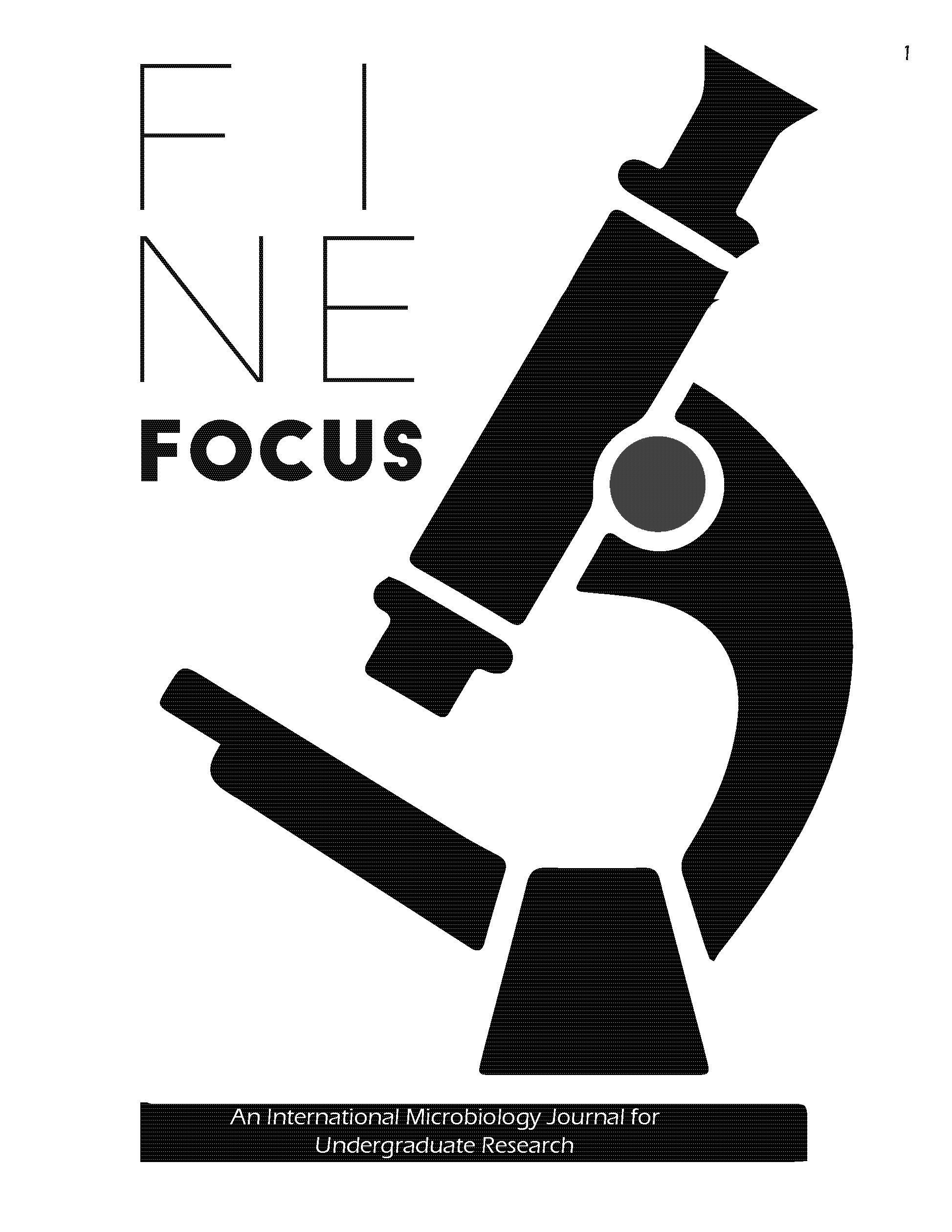The Persistence of Staphylococcus aureus on Hospital Privacy Curtains
DOI:
https://doi.org/10.33043/FF.5.1.53-62Keywords:
persistence, health-care, associated infection, nosocomial infection, hospital curtainAbstract
While healthcare professionals are working in hospitals, they will often manipulate the privacy curtains during the care of their patients. Studies have shown that the transfer of bacteria from hands to the curtains and vice versa is possible. Despite the possibility of hospital curtains being a mode of infection transmission, studies have shown that 53% of hospitals surveyed did not have a policy for cleaning or changing their curtains. The question that this study focused on was whether curtain material affects the persistence of Staphylococcus aureus. In this study, five different curtain types were inoculated with overnight, diluted, and finger imprint cultures of S. aureus. They were incubated at room temperature and were sampled for growth regularly onto Mannitol Salt Agar plates. The colonies were counted, and one-way ANOVA statistical analysis was completed on the data. The statistical analysis showed that the length of persistence of liquid cultures of S. aureus on the curtains was not dependent upon initial concentration. Finger imprint inoculations of four curtain varieties had statistically significant longer persistence times than the liquid cultures. Only the curtain type composed of 100% antimicrobial polyester with water repellant had significantly lower persistence times for the finger imprint culture than the other four curtains. The results suggest that the 100% inherently flame resistant antimicrobial polyester curtain material reduces S. aureus persistence times and that it may benefit hospitals to use this type of curtain.
Downloads
Downloads
Published
How to Cite
Issue
Section
License
By submitting to Fine Focus, the author(s) agree to the terms of the Author Agreement. Beginning in Fall 2018, all authors retain copyrights associated with their article contributions and agree to make such contributions available under a Creative Commons Attribution-NonCommercial 4.0 International license upon publication in Fine Focus. Copyrights to articles published prior to Fall 2018 have been transferred from the authors to Fine Focus.



